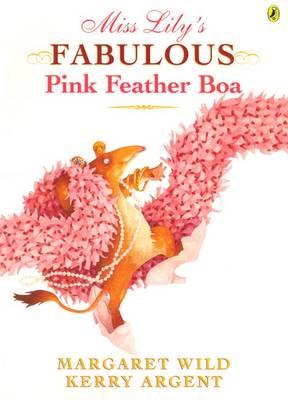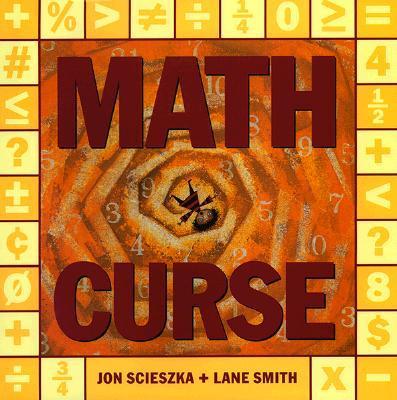
Miss Lily’s Fabulous Pink Feather Boa
Strand
Measurement
Benchmarking
Maths Concepts
Australian Curriculum: Description
Identify questions or issues for categorical variables. Identify data sources and plan methods of data collection and recording (ACMSP068); Collect data, organise into categories and create displays using lists, tables, picture graphs and simple column graphs, with and without the use of digital technologies (ACMSP069); 4-Use simple scales, legends and directions to interpret information contained in basic maps (ACMMG090); 4-Construct suitable data displays, with and without the use of digital technologies, from given or collected data. Include tables, column graphs and picture graphs where one picture can represent many data values (ACMSP096); 4-Evaluate the effectiveness of different displays in illustrating data features including variability (ACMSP097); 5-Construct displays, including column graphs, dot plots and tables, appropriate for data type, with and without the use of digital technologies (ACMSP119)
Teaching ideas
Information poster on an Australian animal depicted in the book; - Scientific Name - Description - Location (map and description) - Habitat - Diet - Status (Endangered/Not Endangered) - Life Cycle - Data/statistics - Other interesting facts - Pictures/illustrations; or a trifold brochure with the above. With or without the use of technology.

Maths Curse
Strand
Measurement
Maths Concepts
Australian Curriculum: Description
3-Tell time to the minute and investigate the relationship between units of time (ACMMG062); 4-Investigate equivalent fractions used in contexts (ACMNA077); 5-Choose appropriate units of measurement for length, area, volume, capacity and mass; 6-Continue and create sequences involving whole numbers, fractions and decimals. Describe the rule used to create the sequence (ACMNA133)
